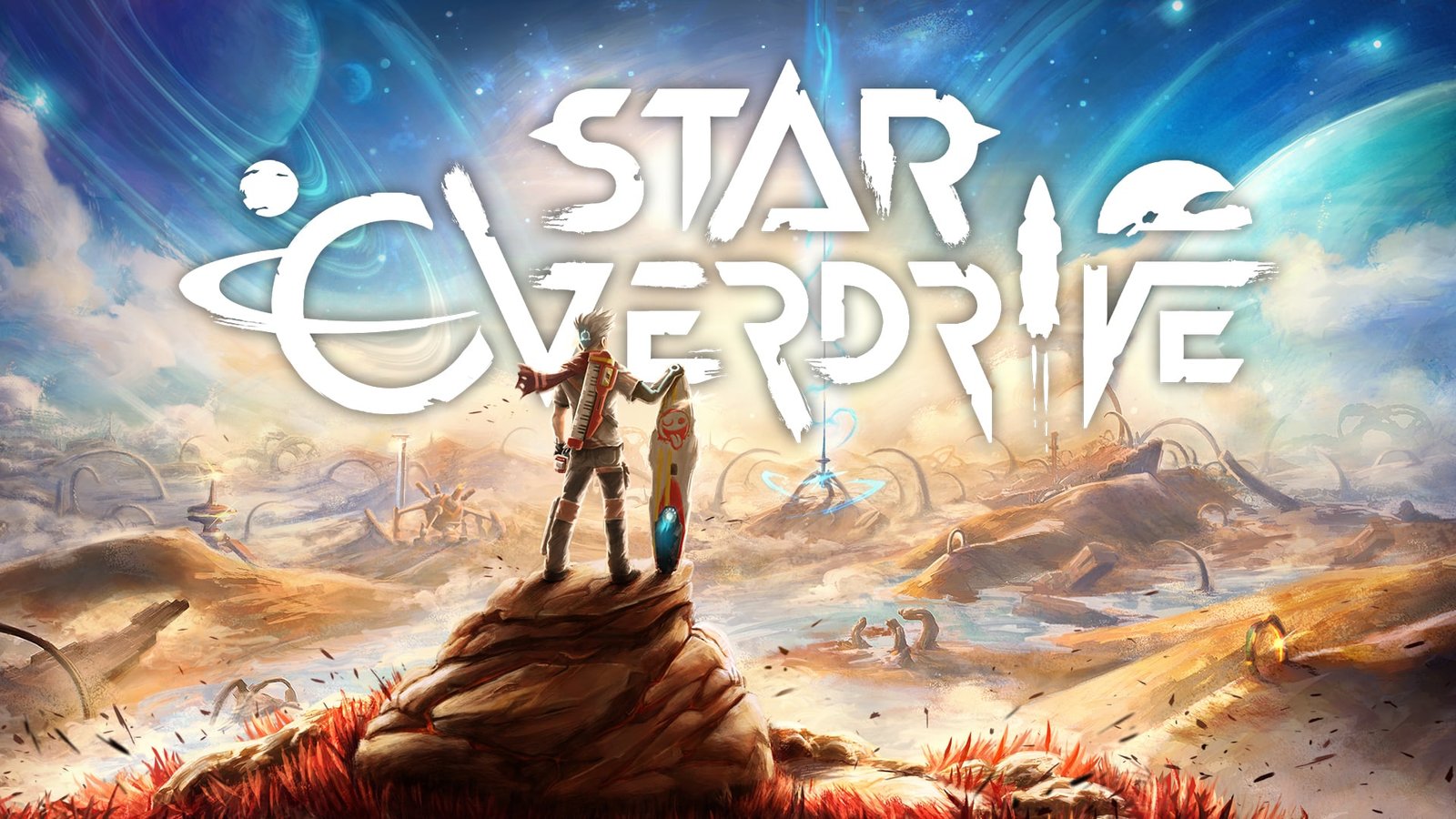🖌️ Pick a Pen: When the pencil replaces the dice! Discover a new way to play Roll & Write, without revolutionizing the genre.
Pick a pen, basic concept
⚠️ warning In the interest of transparency with our community, we would like to clarify that this article reflects our personal opinion on the three games. We did not receive any compensation from the publisher. We know that. Independently obtained and tested.with no commercial affiliation with its publisher. The reviews provided here represent our honest and unbiased analysis, based on our own experience.
Pick a Pencil is a series of games created by Rainer Knizia. It currently consists of 4 boxes, sharing the same basic principle: throw 5 hexagonal pencils (of 5 different colors), choose one of the five, depending on the result indicated by the upper side, and use it to trace paths or fill in the blanks. boxes on your sheet of paper.
Each player will choose a pencil until they run out of pencils, then a new round begins, and the player who was unable to choose a pencil becomes the first player. Once a player meets the end-of-game conditions (which vary by box), the game ends and points can be tallied.
Discover different funds
The 4 squares are as follows:
- Coral Reef: In this underwater game, players trace colored paths to connect areas to earn points. Pencils indicate the number of lines to draw and the drawing conditions (straight or with turns allowed).
- Gardens Players color garden areas while respecting the rules of neighborhood. The goal is to fill gardens with the same color or create multi-colored gardens to score points.
- Hidden on the symbol board, players color the shapes according to the result of the pencils. The game rewards pairs of shapes of the same color in a row or column.
- Hackers (not tested in this article)
Coral reefs

In Pick a Pen: Coral Reef, the pencils have a number of lines on the side, plus a dash (straight, or with rotation allowed), and the board is a card with nodes connected by segments. Some of the nodes are starting areas, and others have pieces or numbers surrounded by a color.
The player must draw a path on his paper, continuing the path of the color of the pencil, and respecting the conditions. To score points, he must pass through colored nodes, which are verified if the path is of the same color. It is not possible for two colors to be on the same section of the path, and the path cannot intersect with itself.
The game offers 3 different levels, with a larger or smaller map, and different conditions for the end of the game and victory.
gardens

In the game Pick a Pen: Gardens, pencils have a number of squares on their sides (from 1 to 5), and the board consists of different garden areas, made up of squares (from 2 to 7). Players will color their board while respecting the following rules:
- The first colored square during the turn must be adjacent to another already colored square.
- The colored squares must be adjacent during rotation.
- It is not allowed to draw outside the board.
If the player fills all the spaces in the garden with the same color, or if his garden contains 5 different colors, he scores points. The game ends when the player fills all the spaces on his board. A count is then made, taking into account the bonuses, which vary according to the levels (3 offered).
The Secrets

In Pick a Pencil: The Crypts (Schatzkammern, in the original version, room, treasure room, but we prefer to translate it as “the crypts”), the pencils have one side of the figures (out of 5) or the five figures (jokers), and the board has 5 lines, each with 5 identical symbols, some of which are surrounded by a color. Players will color their board by filling in the shape on the far left of the line that matches the shape on the pencil.
If the drawn color matches the color surrounding the shape, the player gets a bonus and can color another shape on his board while keeping the same color, respecting the placement rule. Players will score points for pairs of shapes of the same color in a row or column.
The game ends when the player fills his board, then points are counted, taking into account bonuses, which vary according to the levels (3 shown).
Materials and presentation
Paper and pencils, here we are at one of the simplest levels of the fun universe, in terms of the complexity of the material. But that doesn't prevent us from making an effort in the presentation. Amigo offers us here a very German design (which makes sense), which means that it is not necessarily very sexy or kawaii. Function takes precedence over form, and the toy must be interesting in itself, and not just because it looks pretty.
It’s a style I love, even if the model sometimes needs a little more work. That’s somewhat the case with the Pick a Pen series, which has an aesthetic that probably wouldn’t have been out of place in the mid-late 2000s. Like it or not, it’s a weakness for me anyway.
The rulebooks have one major flaw (at least for the version we tested): they are in German. All kidding aside, the booklets are relatively short, but dense, with sometimes unclear examples and descriptions. For example, for Pick a Pen: Coral Reef, it is not clear whether the straight lines should extend the starting line, or whether they should only be straight from the first part. The booklet says one thing, but the drawing is another. It is up to everyone to decide…
Good point in terms of accessibility: The last page of the rulebook shows boxes to put pencils in after drawing, with the name of the color, for people with color blindness.
Mechanism
Choose a pen, the verdict
Unless you've just come out of a long hibernation, there really aren't any surprises in the mechanics of the Pick a Pen series. It's a roll-and-write process with a pick, where the die is replaced by a pencil. Each round will lead players to a double pick, color and quantity, depending on their strategy and the possibilities offered by the draw and previous players' picks.
As in any drawing game, the element of chance is necessarily important in Choose a Pen, but that doesn't preclude strategy. On the contrary, it's important to plan your drawings as little as possible, so that you always have a way out in case of a really unfavorable draw. The global vision of your platform and the possibilities it offers are essential. Since the board is relatively small, this is not something that is insurmountable or difficult, but it is a necessity that can easily be forgotten.
It is quite possible to play Pick a Pen without paying attention to the actions and boards of other players. This allows you to focus on your strategy and drawings, and is undoubtedly the most practiced gameplay. But advanced players can also try to coordinate personal strategy and hinder opponents. Since the boards are open, it is possible to see what might benefit others, and make choices accordingly. At the risk of not making the right choices, if the main goal (one's own card) is forgotten.
Pick a Pen offers a solid and accessible gaming experience in the twist and write genre. While it doesn’t revolutionize the concept, it does offer original mechanics and interesting variations.
strength point :
- Simple rules to learn
- The variety offered by the four games in the series
- Good replayability
Points for improvement:
- Visual design is a bit dated.
- Sometimes ambiguous rules
In conclusion, Pick a Pen is a great series that is recommended for light-hearted gamers and families looking for a quick, fun activity to set up. It also makes an excellent entry point into the world of twist and write games. But that’s a little bit of everything.
A series of twists and turns that don't revolutionize the genre, but they do the job.
Join our community:
Since 2007, your loyalty has helped shape our gaming blog. To make your reading experience more enjoyable, we have chosen an ad-free space, however we maintain affiliate relationships with Philibert and Play-in, and receive a small commission when you purchase a game from our site. Our independence thrives on your support, and every contribution, big or small, makes a real difference.
give Via TibbyYou help us enrich our content and share our passion for board games. Your support allows us to continue this amazing adventure together. Thank you for your generosity and for being part of our community dedicated to gaming in all its forms. Together, let’s continue exploring the fun world!
Your reaction to the article?
Similar Articles

“Tv geek. Certified beer fanatic. Extreme zombie fan. Web aficionado. Food nerd. Coffee junkie.”





